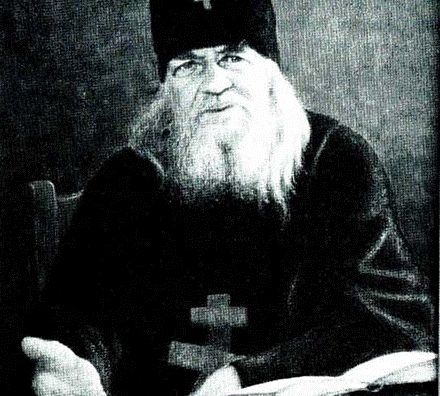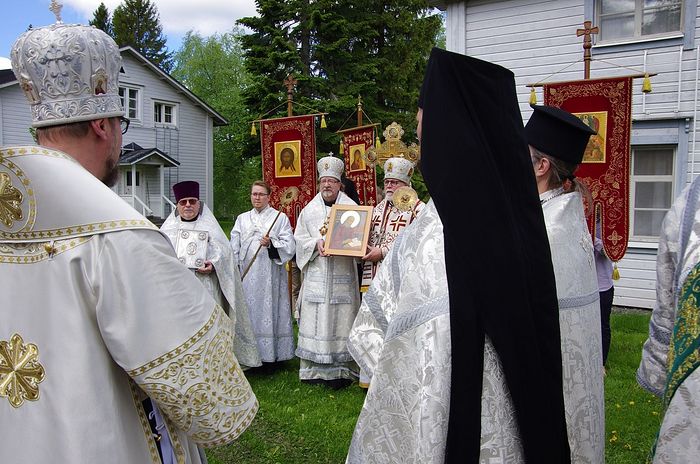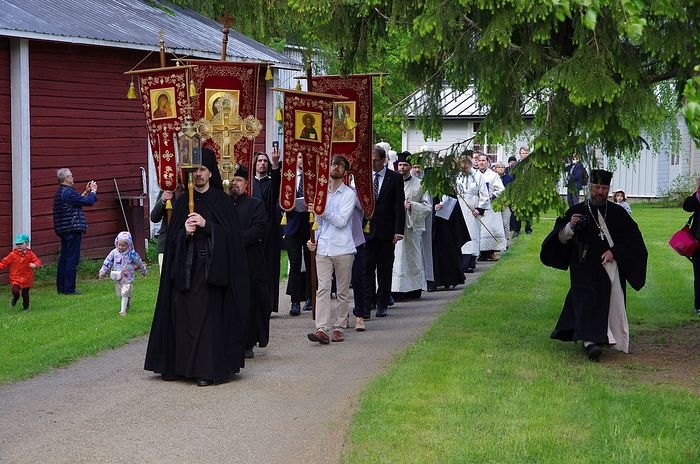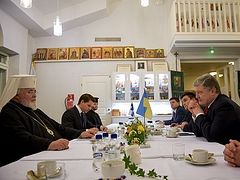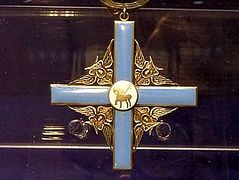Heinävesi, Finland, June 4, 2019
On November 29, the Holy Synod of the Patriarchate of Constantinople announced its decision to glorify among the saints Schema-Elder John of Valaam (1873-1958) at the proposal of the Finnish Orthodox Church, an autonomous body within the Patriarchate.
The liturgical proclamation of this glorification was celebrated on Saturday at Holy Transfiguration-New Valaam Monastery in Heinävesi by Metropolitan Leo of Helsinki and All Finland, with the concelebration of several other hierarchs from the Finnish Church, as well as representatives from the Estonian Apostolic Orthodox Church under the Patriarchate of Constantinople, reports the site of the Finnish Church.
The service was attended by Orthodox faithful from all over Finland and abroad.
Following the Gospel reading and episcopal homily during the Liturgy, the life of Elder John was read out. Following the Liturgy, the faithful processed around the territory of New Valaam with an icon of the newly-glorified saint and prayed a moleben to him. It was at New Valaam that Elder John spent the last years of his life and became known as a spiritual guide for many, both in Finland and abroad, writing letters to his spiritual children that have been published in several languages.
Following the procession, Archpriest Madis Palli of the Estonian Church offered congratulations and an icon of the New Martyrs of the Estonian Church to New Valaam Monastery, eight of whom were also recently canonized by Constantinople, in March.
An akathist to St. John was also read later in the afternoon.
The library of the monastery’s cultural center also presented several relics that Elder John used in his daily life: icons, a Gospel, books, a prayer rope, and a pen with which he wrote his letters to his spiritual children.
Constantinople also canonized the holy Martyr and Confessor John of Ilomantsi (1884-1918) at the same time that it canonized Elder John of Valaam.
***
St. John’s biography from the site of the Serbian Church:
John was born on February 14, 1873 in the Tver province of Russia into a peasant family. He graduated from the parish school of the village of Il’inskoe.
In 1889, he entered Valaam Monastery. After spending four years in the Skete of Saint Herman of Valaam, he was conscripted into the army for another four years. Released from military service, he temporarily returned home before returning, in 1901, to Valaam. John was given obedience for two years at the metochion of the Valaam Monastery in St. Petersburg. Later, he wrote that the city had a bad influence on him and that he, weak in spirit, could not accommodate the urban bustle.
In 1906, John became a novice at Valaam Monastery and, on May 22, 1910, he was tonsured a monk with the name of Hyacinth. After repeated petitions, Hyacinth returned to the monastery and lived initially in Prophet Elias Skete, then later in the Skete of Saint John the Baptist.
On October 19, 1921, he was appointed abbot of Saint Tryphon of Pechenga Monastery. Then on November 13, he was ordained a hierodeacon and on November 15 a hieromonk. At that time, the monastery was within the territory of the newly independent Finland. In 1932, Hyacinth returned to Valaam and, in 1933, he was tonsured in Great Schema with the name John and began to live in seclusion in the Skete of Saint John the Baptist. In 1938, he was elected the spiritual father of the monastery.
In 1940, Fr. John was evacuated with the other brethren to Finland during the Winter War between the Soviet Union and Finland. The elder reposed on June 5, 1958, in the New Valaam Monastery in Finland.
Follow us on Facebook!

